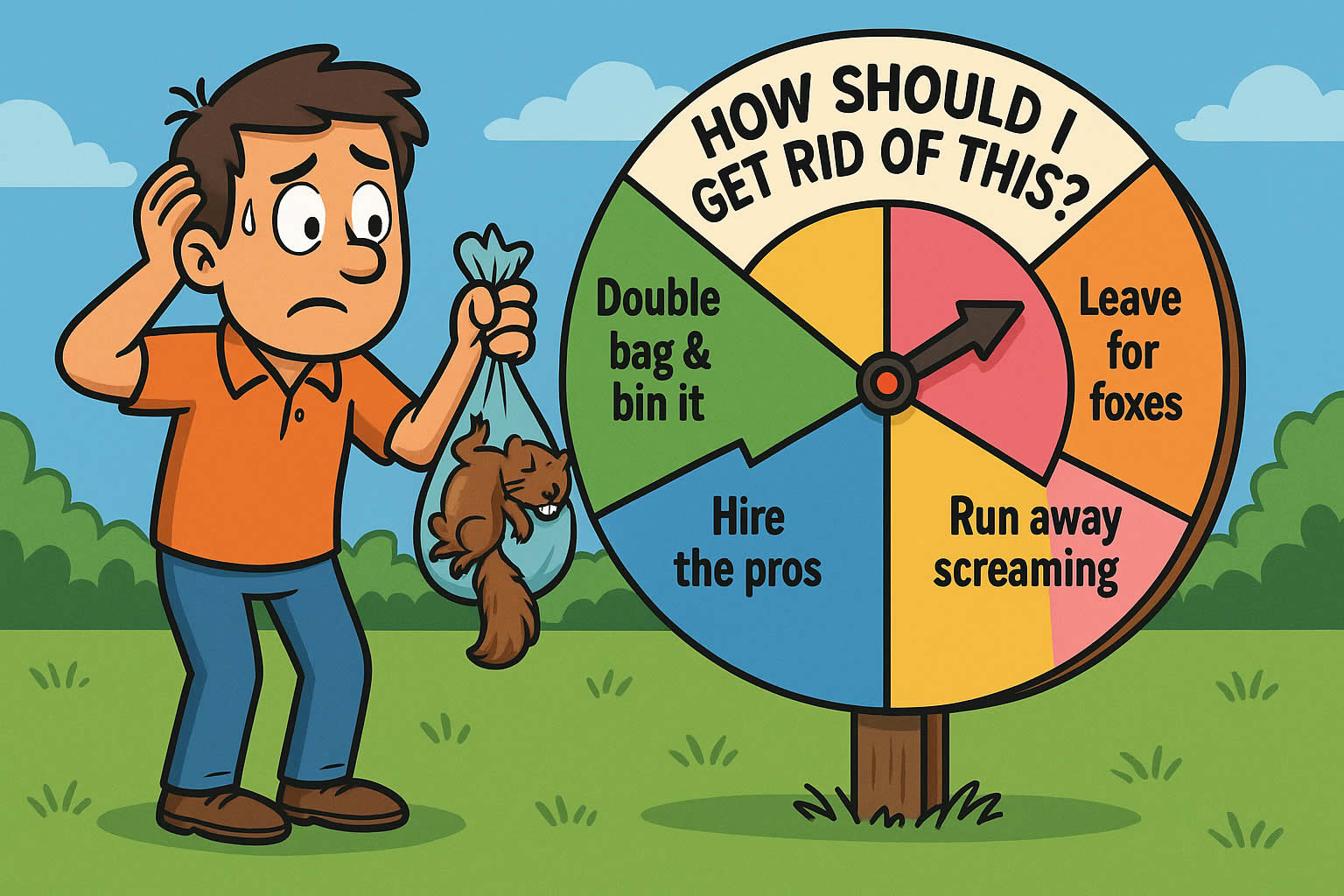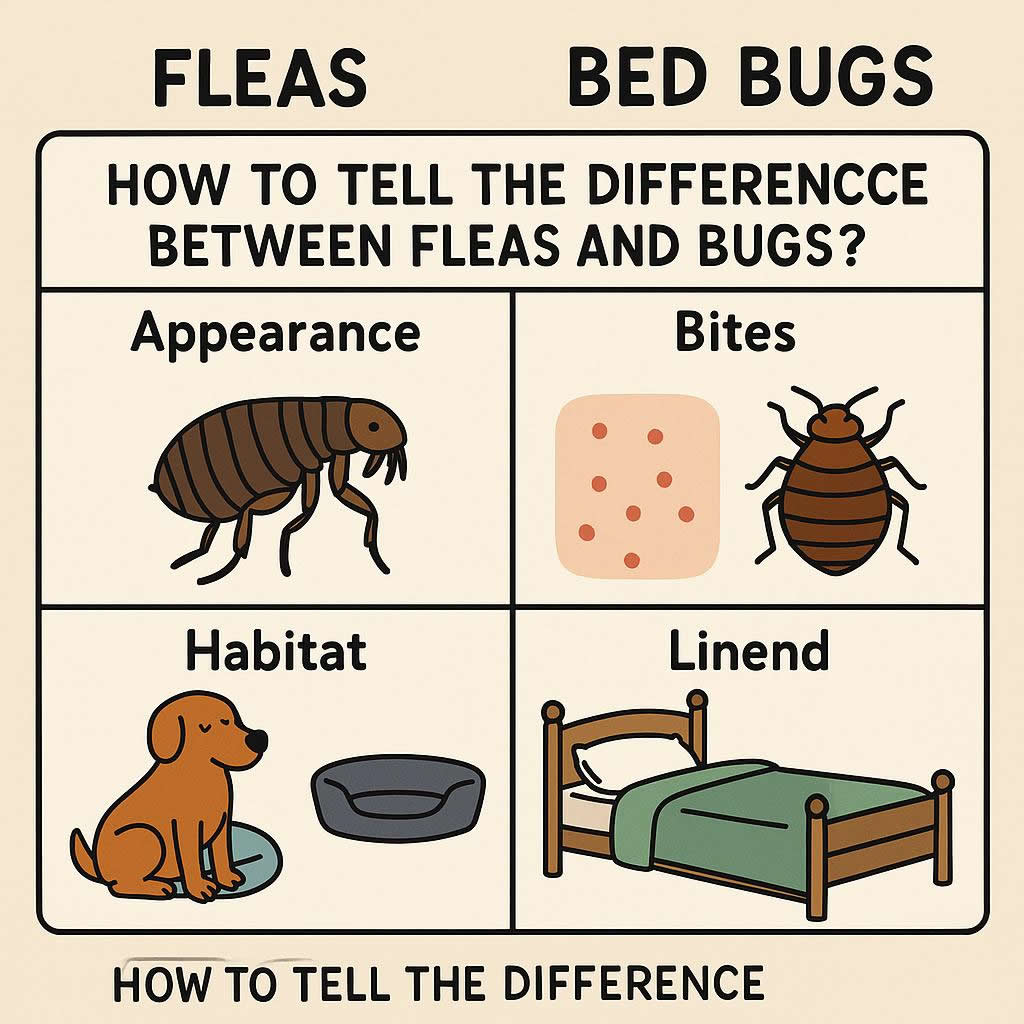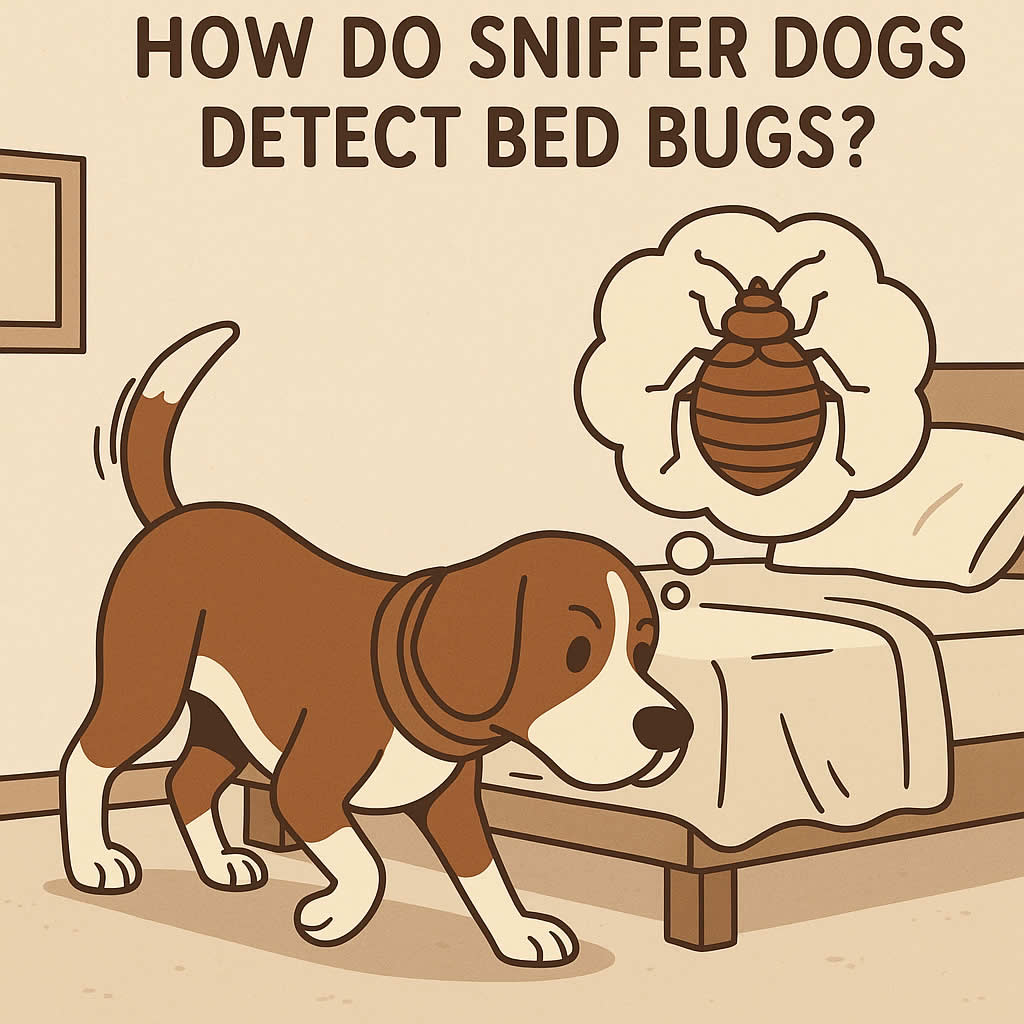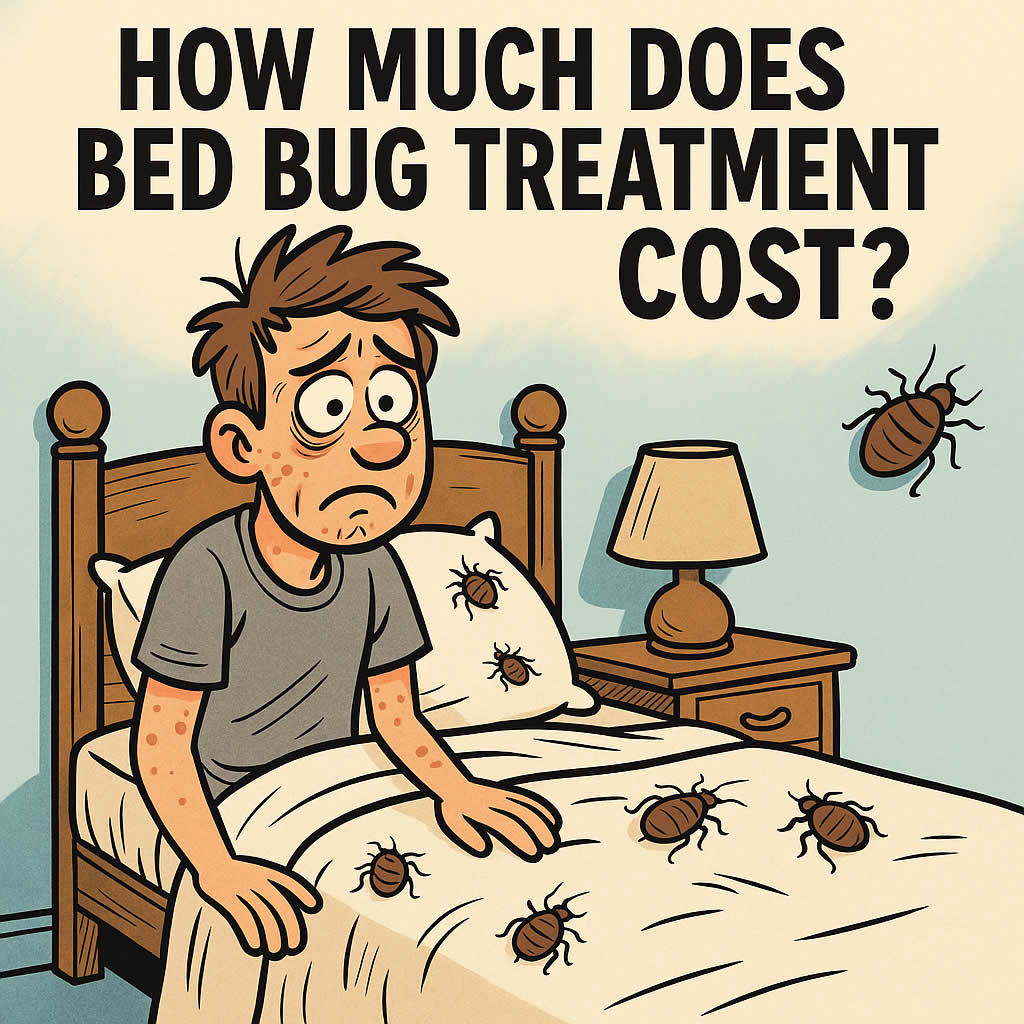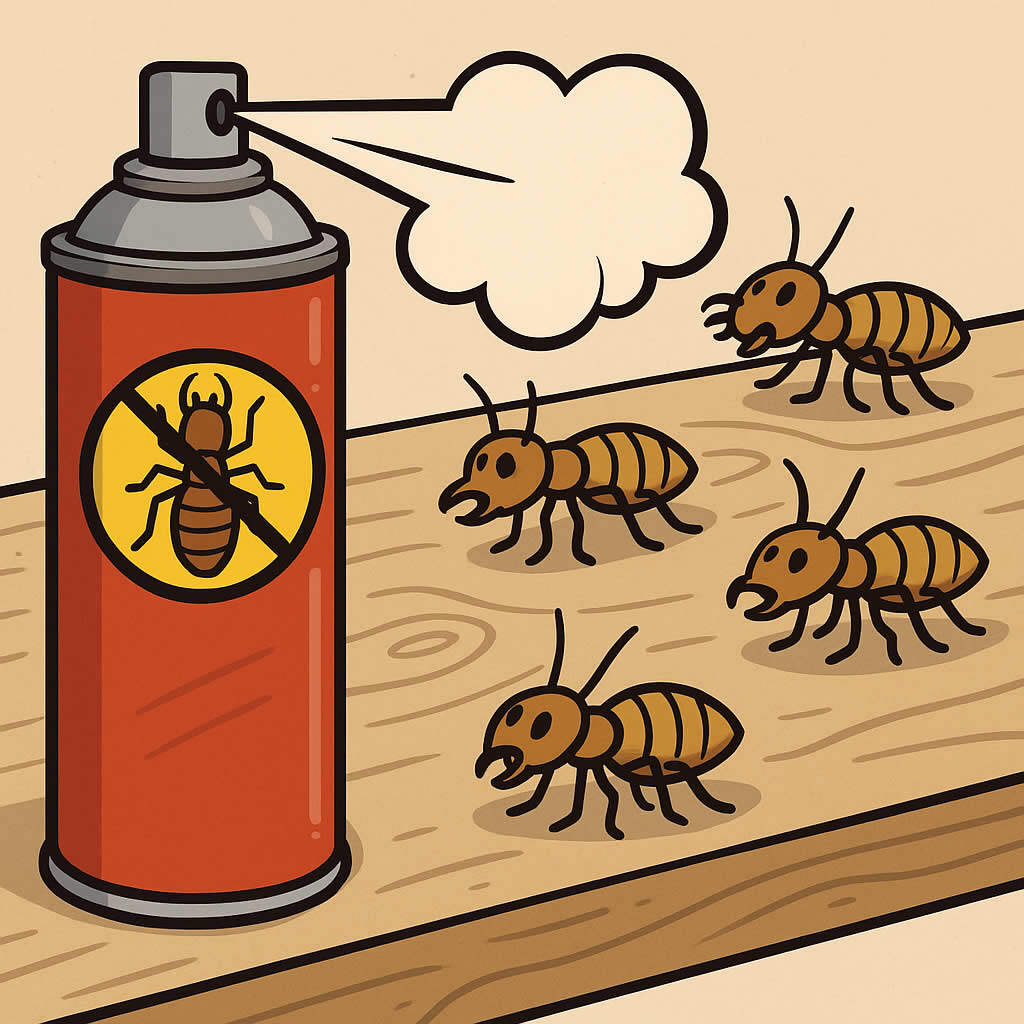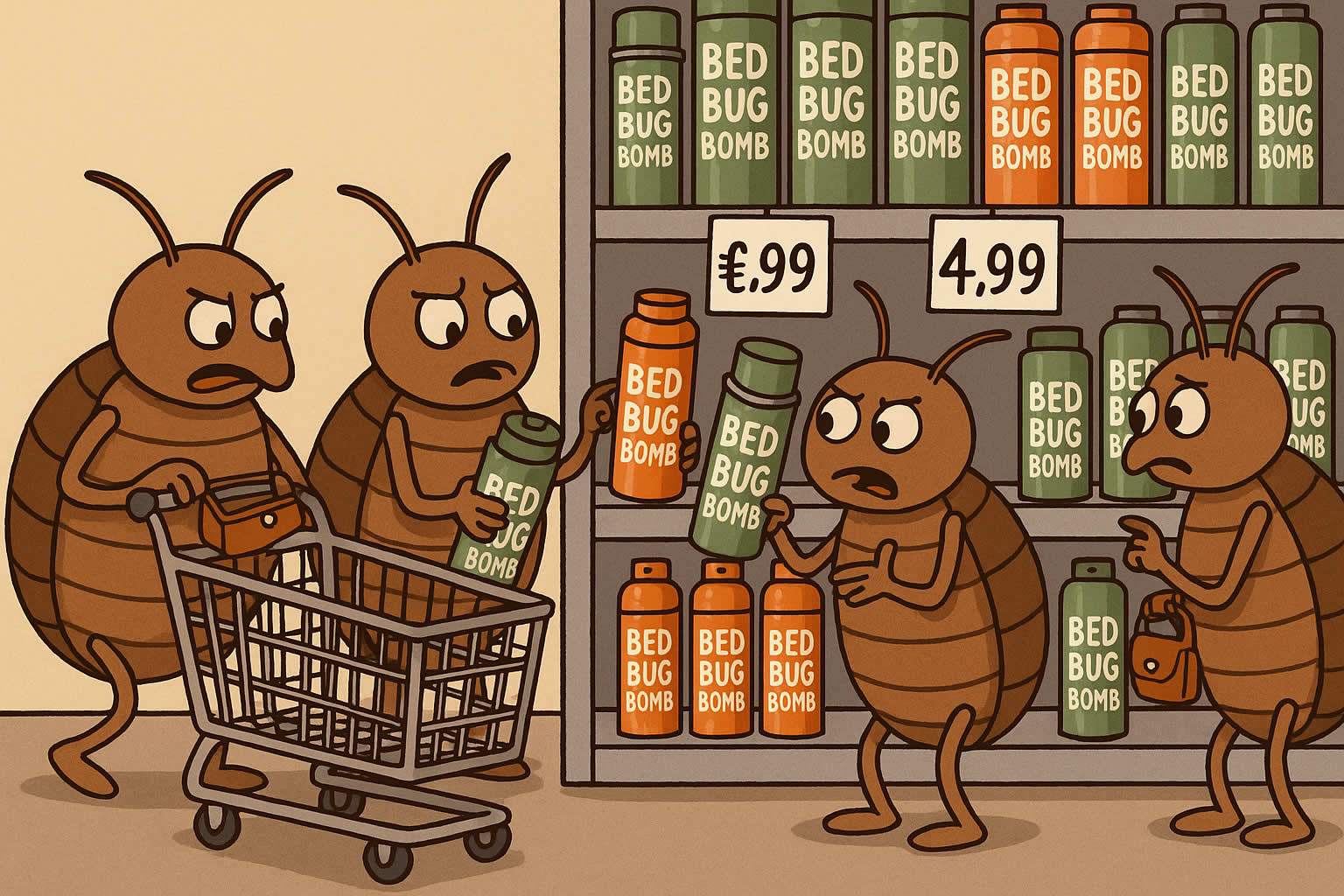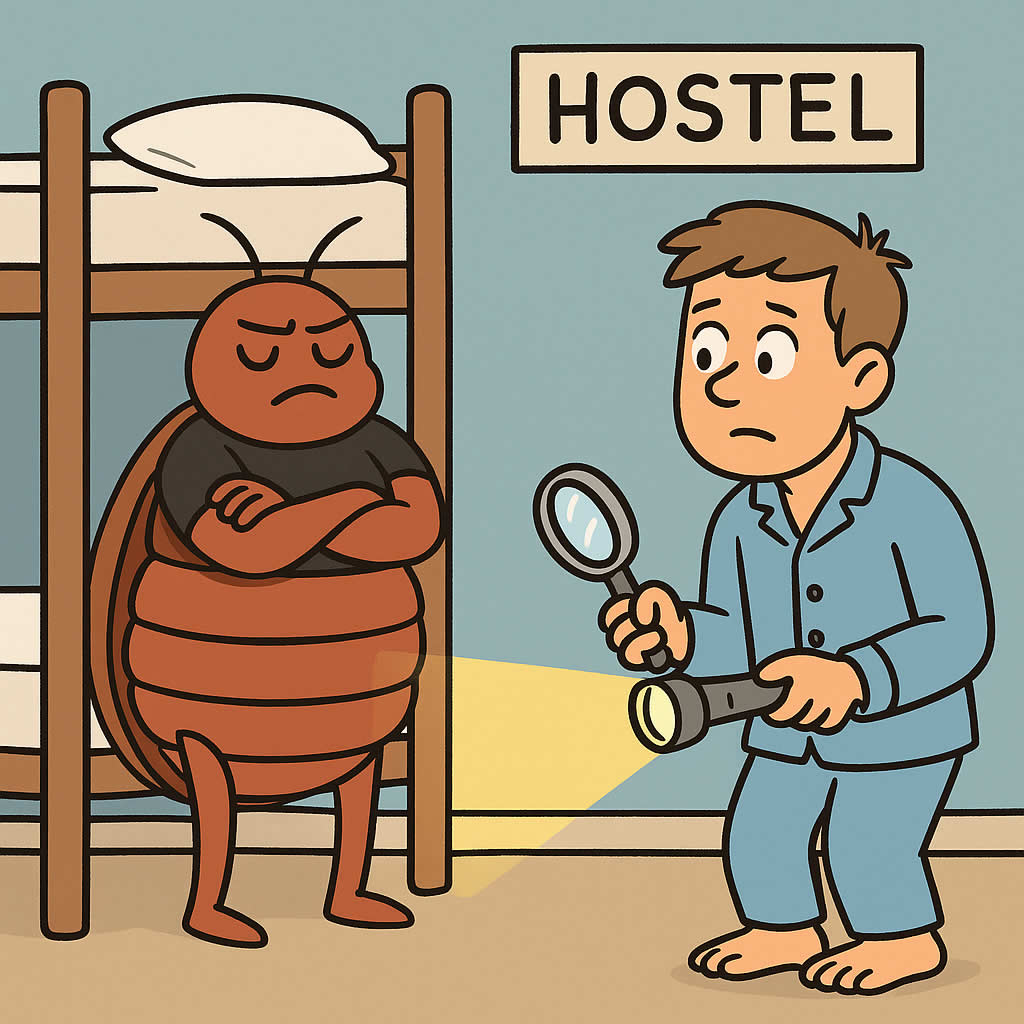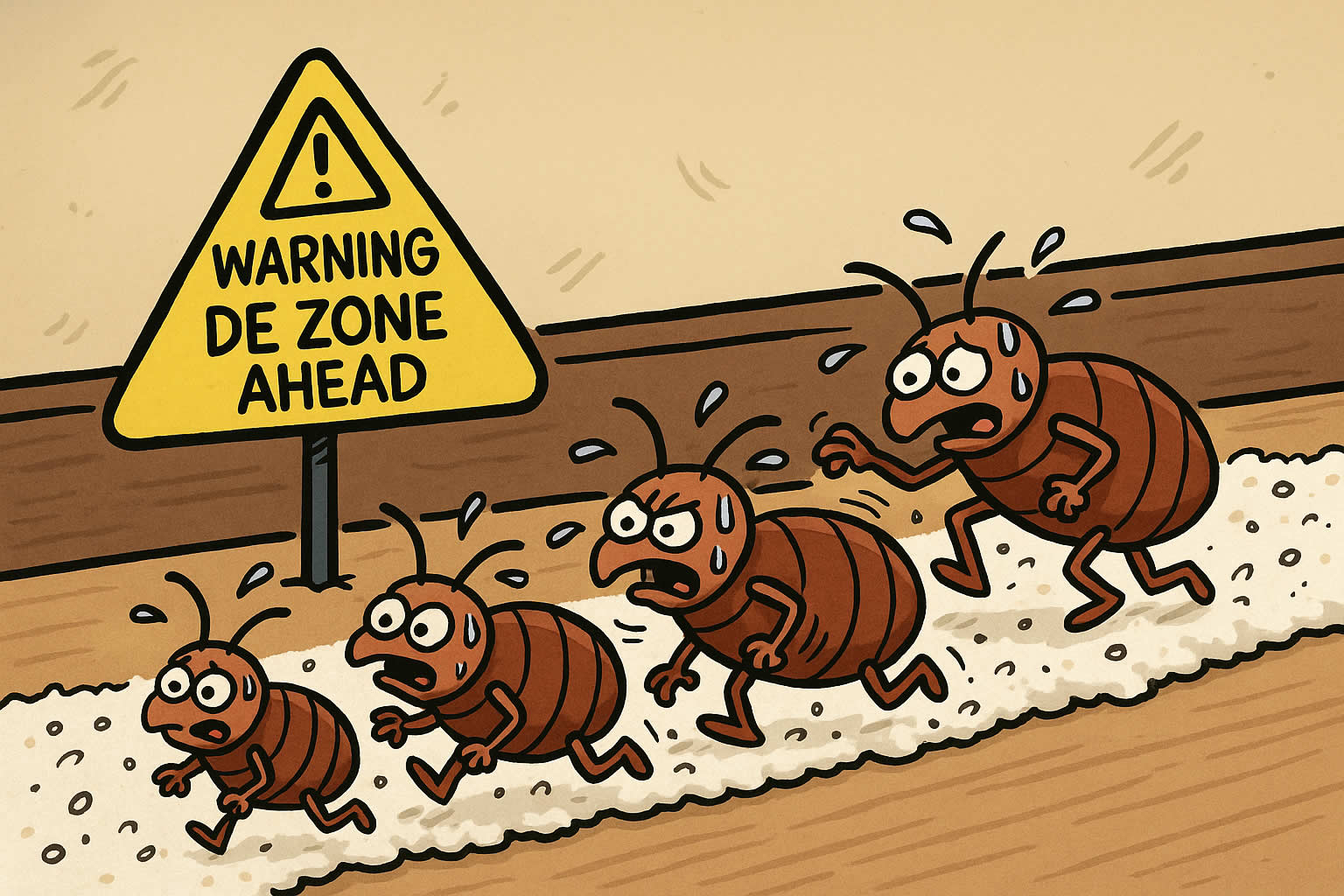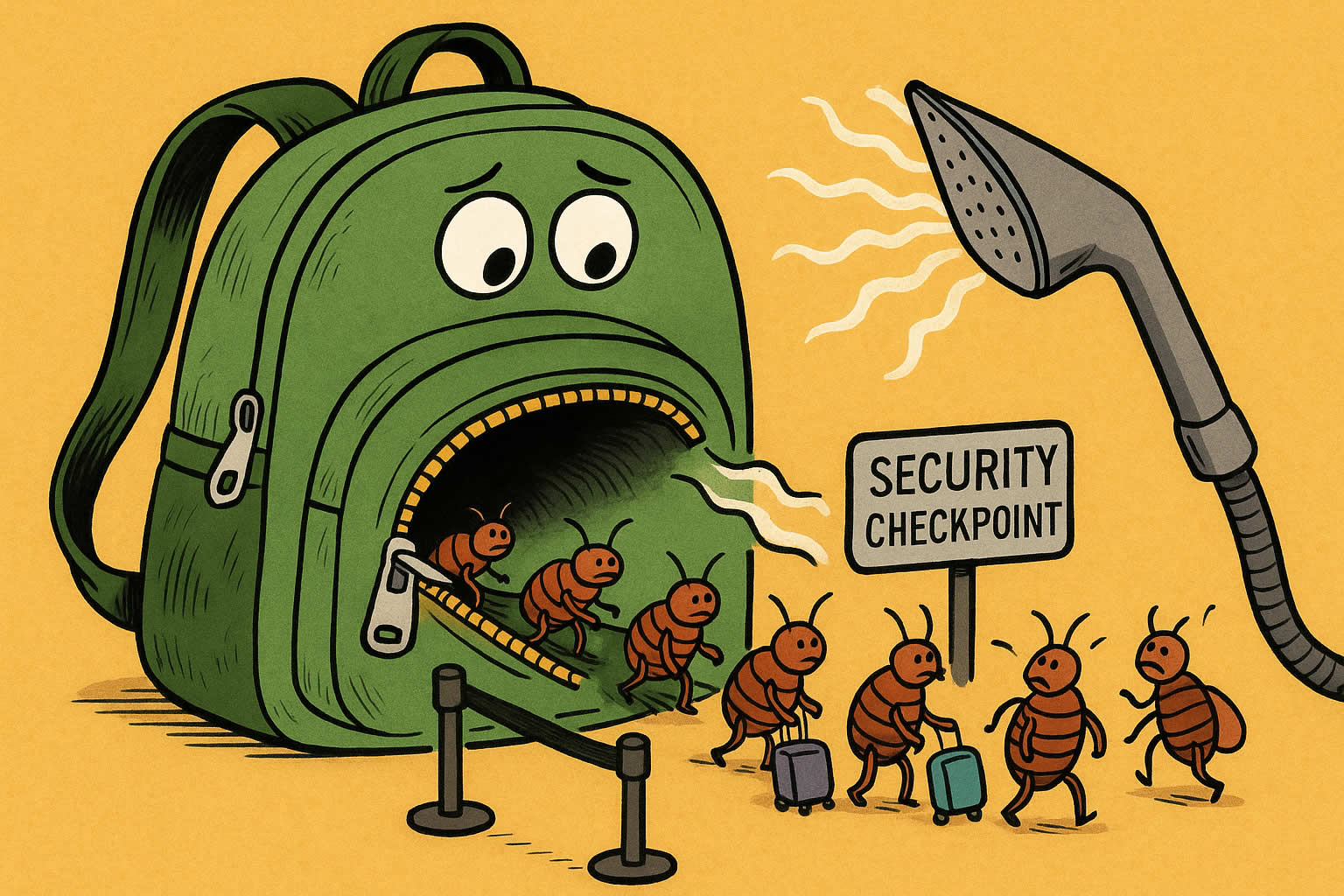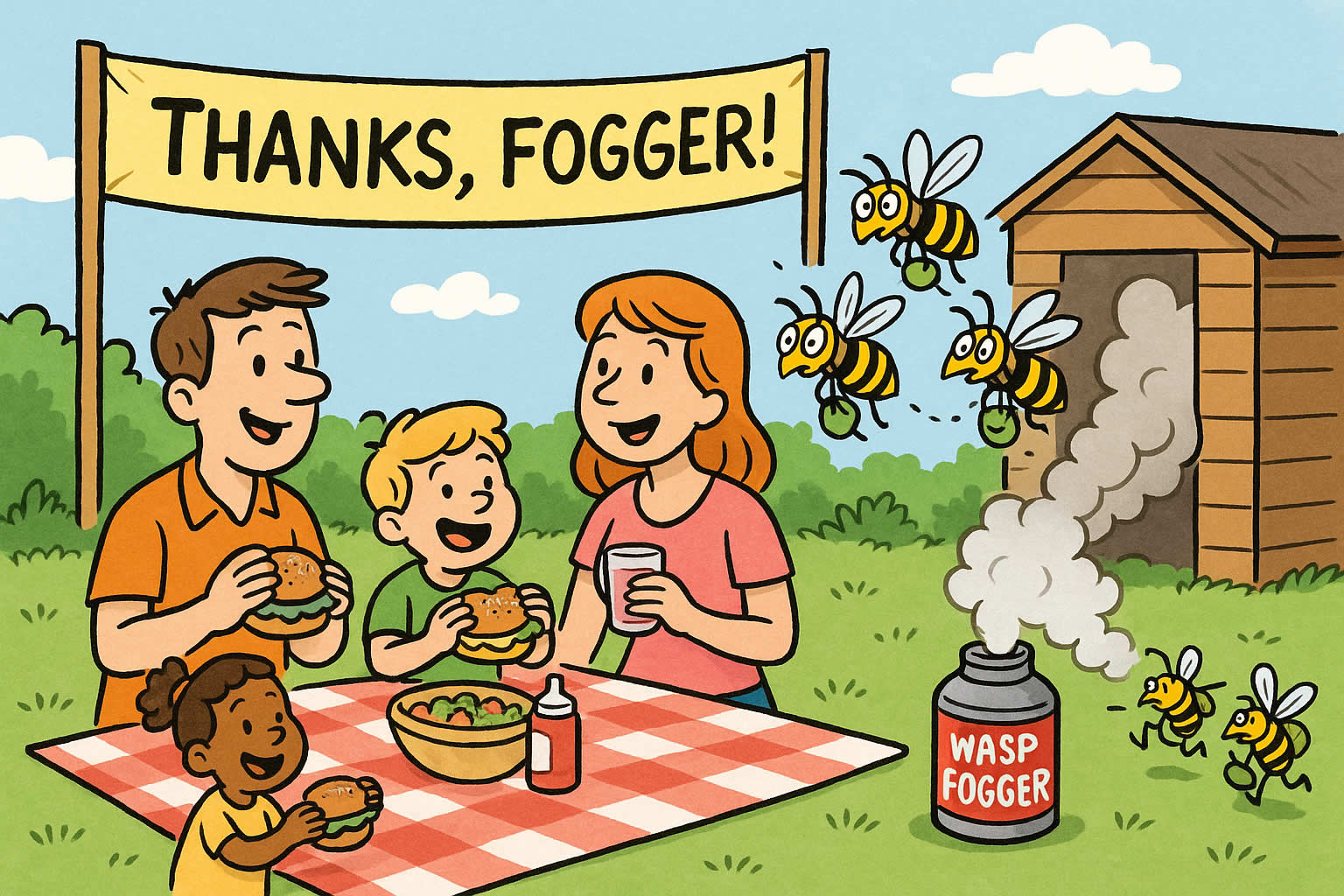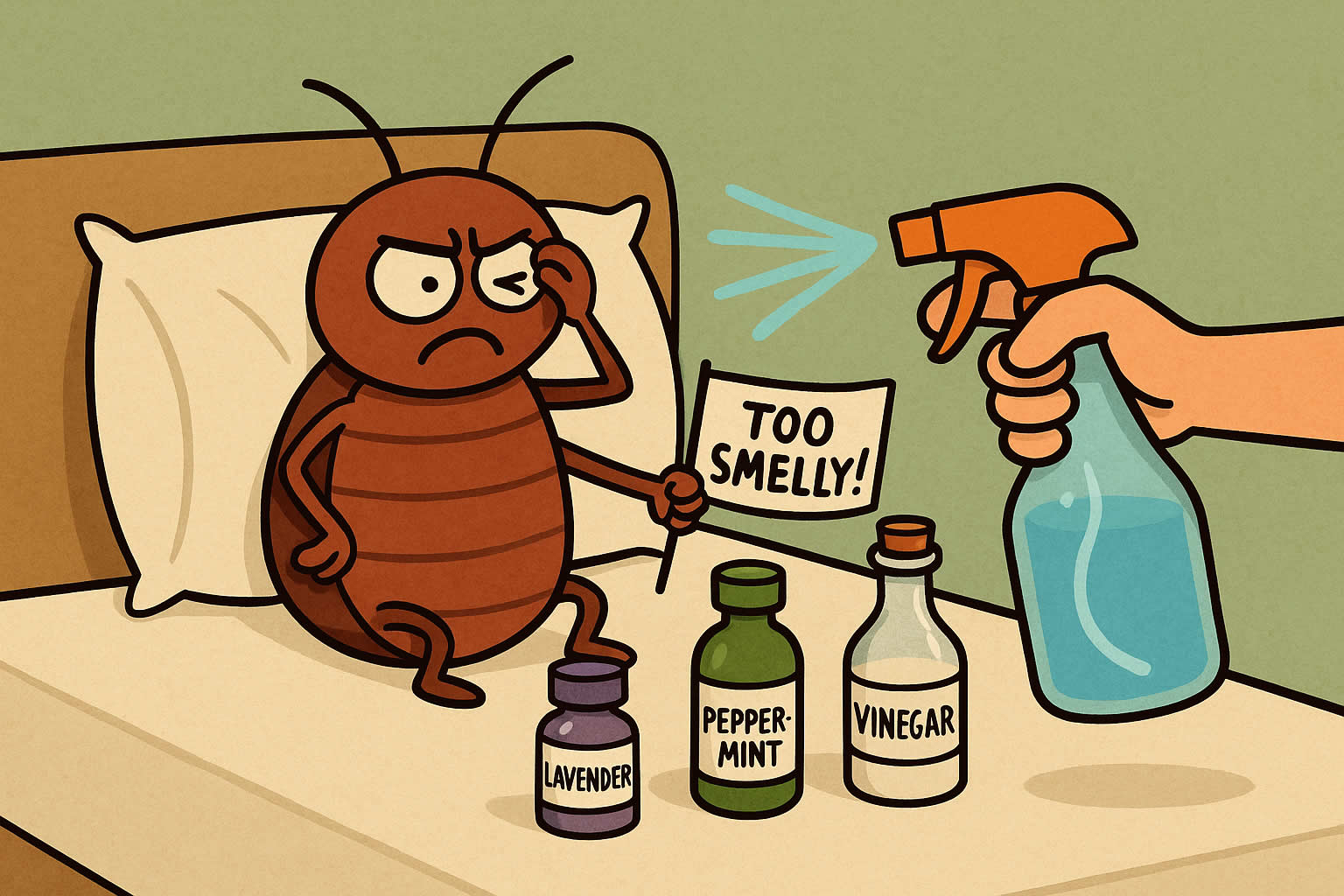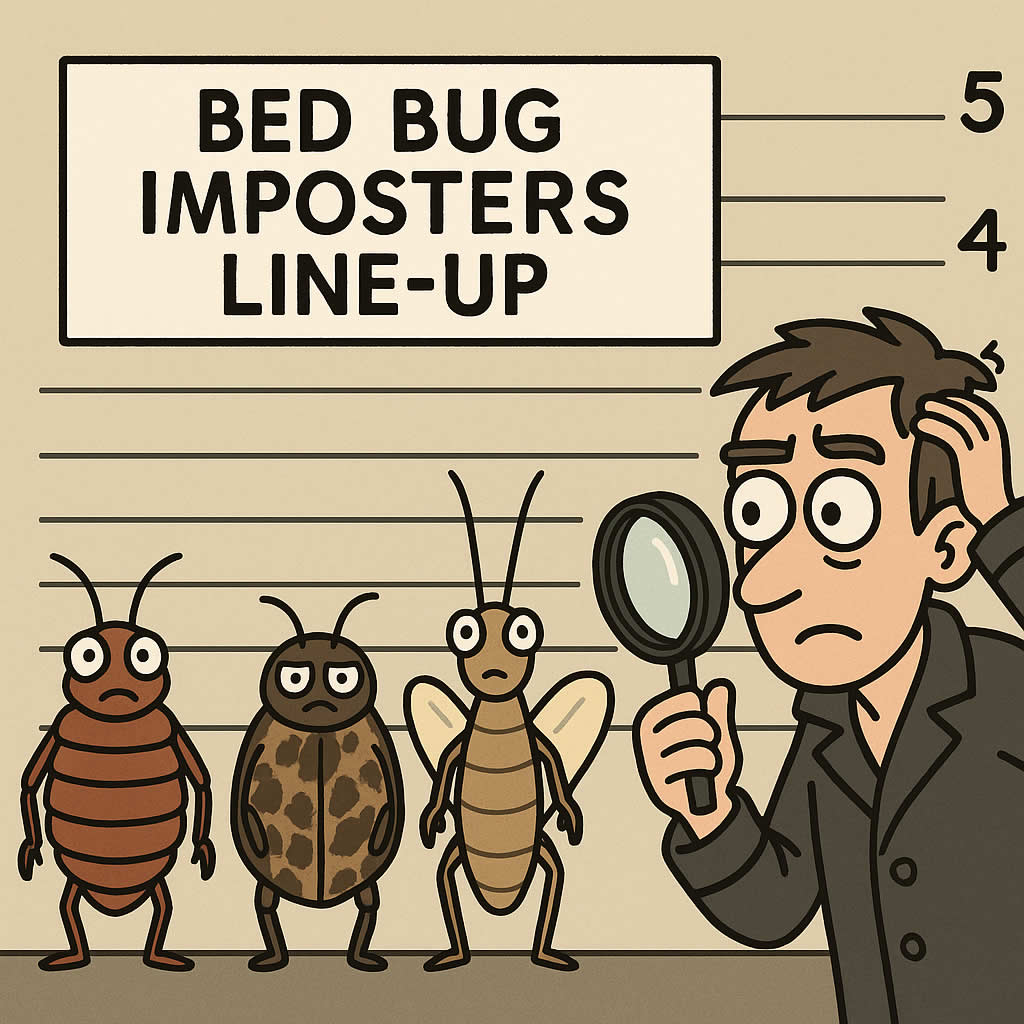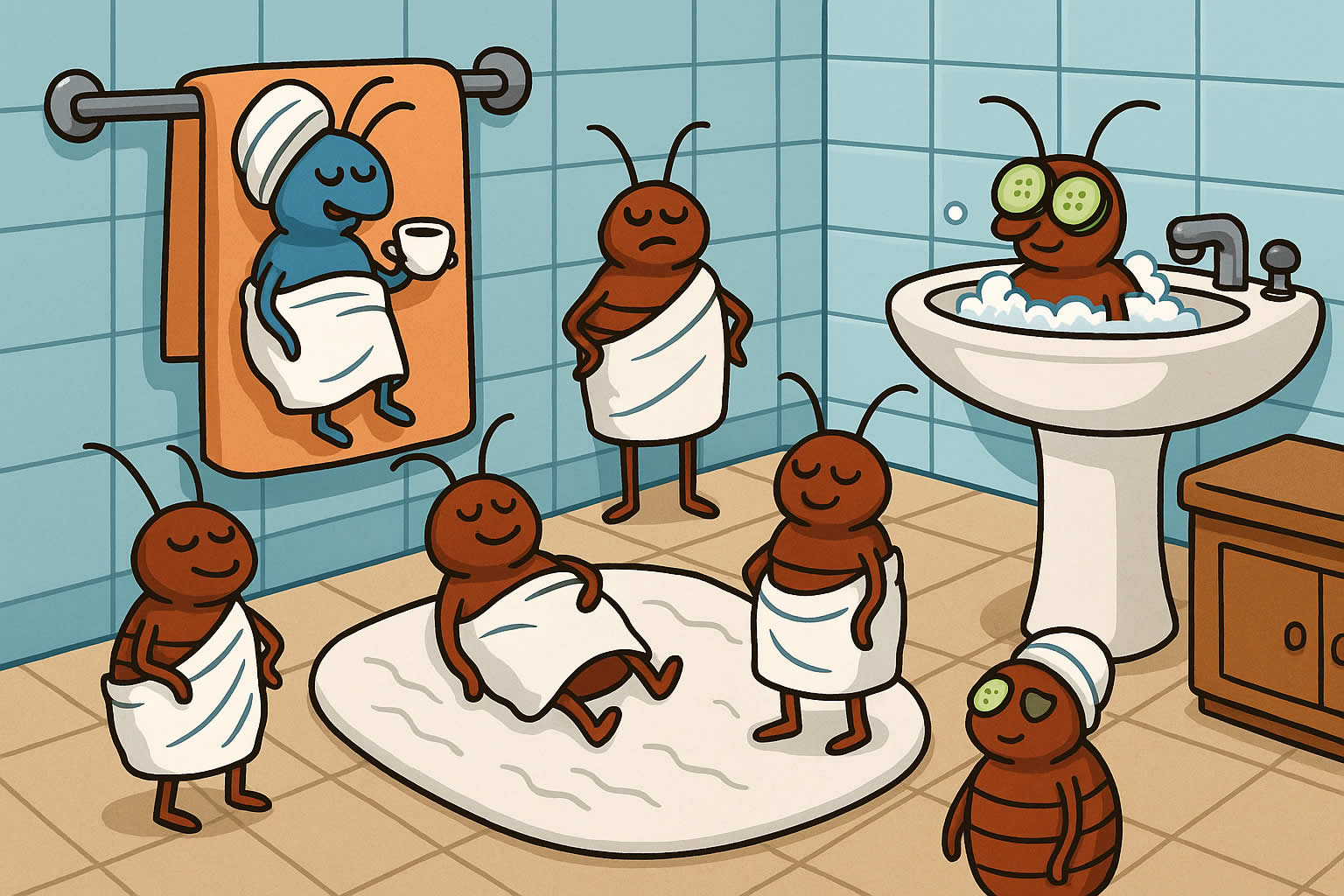Related Queries
ToggleComing across a dead squirrel in your garden, loft, or wall cavity isn’t something most people are ready for. It’s unpleasant, unexpected, and often leaves you asking what on earth to do next. But disposing of dead wildlife properly is essential—not just for health reasons, but for the sake of your home, your environment, and local ecosystems too. Whether you’ve found a squirrel under a bush, behind a wall, or in the attic, the right steps make a big difference in managing the situation calmly and responsibly.
This guide will walk you through everything, from how to spot the signs early to what to do after the squirrel’s gone. If you’ve never dealt with something like this before, don’t worry—we’ll keep it practical and straightforward.
Identifying the Problem Early
Before you even lay eyes on a squirrel carcass, there are usually a few signs that tell you something isn’t right. Knowing what to look for helps you act fast, stop health hazards from growing, and prevent further wildlife activity indoors or near your property.
Signs there’s a dead squirrel nearby
You might not always see the squirrel straight away, but you’ll notice some subtle—and some not-so-subtle—clues. A strong, unpleasant smell is usually the first giveaway. It’s a deep, musky odour that tends to linger and get worse over time, especially in enclosed areas. If the body’s inside a wall or ceiling cavity, the smell may travel slowly at first before becoming more intense.
You might also notice a rise in insect activity. Bluebottles, maggots, and ants often appear near decomposing animals. If you start seeing these insects in clusters around a particular part of your house or shed, they could be zeroing in on something dead.
Common places squirrels die in or around homes
Squirrels often slip into homes through gaps in roofing, vents, or damaged soffits. Once inside, they may get trapped in wall cavities, ceilings, or chimneys. Sadly, when they can’t find food or water—or when they’re injured—they might die somewhere hidden.
It’s also common to find them behind garden sheds, under decking, or near fences where they’ve nested. Even tree-lined gardens close to the house can lead to squirrels sneaking in through an open loft vent or cracked tile. Once they’re inside, it doesn’t take much for them to get stuck.
How to confirm it’s really dead and not just injured
A motionless squirrel isn’t always a dead squirrel. Before handling anything, take a moment to confirm what you’re dealing with. If the animal is lying still but shows signs of shallow breathing, a twitching tail, or slow eye movement, it could still be alive. Injured squirrels may freeze or go limp out of fear or trauma.
From a safe distance, look closely and listen carefully. Use binoculars if you need to check from a window or upper floor. If there’s any doubt, don’t touch it. Instead, leave it alone and monitor from a distance until you’re certain. If the animal is alive, it’ll need help from a wildlife rescue or animal welfare team—not removal or disposal.
First Steps to Take After Discovery
Once you’ve found a dead squirrel, your next actions matter. Handling it properly from the beginning will help prevent health issues, keep your home safe, and minimise distress for pets or children nearby.
Stay safe: protective gear and hygiene tips
You should never touch a dead squirrel with bare hands. Decomposing animals can still carry bacteria, parasites, and viruses. The safest thing to do is put on a pair of disposable gloves—nitrile ones are ideal if you’ve got them. If not, a strong plastic bag wrapped over your hand can work in a pinch.
Make sure you avoid any direct skin contact. After disposing of the squirrel, wash your hands and forearms thoroughly with soap and hot water. You’ll also want to disinfect any surfaces or tools that came in contact with the body.
Keeping pets and kids away from the scene
Dogs and cats are naturally curious, and they’ll sniff or paw at dead animals without a second thought. Children, too, might not understand the risks and could get upset or confused when they come across wildlife in this condition.
If you’ve found the carcass in an open area like a garden, block it off or supervise the space until you can safely remove it. Indoors, try to ventilate the area without disturbing the body. Explain the situation to children in a calm, clear way, making sure they know not to go near the animal.
When to call a professional straight away
If the squirrel has started decomposing and you’re seeing large numbers of maggots, flies, or beetles, it may be best to call someone with experience. The same goes if the carcass is in an awkward or hard-to-reach spot, like inside a wall, behind insulation, or above a ceiling.
You should also get help if you find multiple dead squirrels or if there’s any sign they may have been poisoned. Reporting unusual wildlife deaths is part of helping track possible environmental threats.
How to Remove and Dispose of a Dead Squirrel
Now you’ve confirmed the squirrel is dead, and the scene is safe, it’s time to focus on the actual removal and disposal. Done properly, this doesn’t take long—and it can help restore peace to your home or garden quickly.
DIY removal: tools, method, and bin guidelines
Start by gathering what you need: disposable gloves, two strong plastic bags (bin liners or freezer bags work well), and a disinfectant spray or wipes. If the carcass is in the open, you can gently place it inside the first bag using gloved hands or a shovel.
If the body’s in an enclosed space, take your time. Avoid damaging walls or ceilings unless absolutely necessary. Use long-handled tools where you can, and try to prevent fluids or fur from contaminating your surroundings.
When and how to double-bag a squirrel
Double-bagging helps contain any fluids or odours and reduces the chance of attracting pests. Place the squirrel into the first bag, seal or tie it, then put that into the second bag. Seal it tight and include your used gloves in the final bag if they’re disposable.
This double-seal method is recommended by many local authorities. It’s the safest and most hygienic way to contain and remove a small wild animal.
Where it’s legal (and illegal) to dispose of it in the UK
In most parts of the UK, you’re allowed to dispose of small dead animals like squirrels in your normal household waste, as long as they’re double-bagged and sealed. This applies to garden bins or wheelie bins collected by your local authority.
What you shouldn’t do is bury the squirrel near water, in a public space, or without checking for contamination risks. Burning dead animals at home is also not permitted under UK law. If you’re unsure, always follow council advice or guidance from environmental agencies.
Aftercare and Preventing Future Problems
Disposal isn’t the end of the job. Once the squirrel’s gone, you’ve still got a few things to take care of. Cleaning the area, blocking off access points, and understanding what brought the squirrel to your property in the first place can stop this from happening again.
How to disinfect the area properly
Wherever the body was found, give the area a good clean. Use hot water, disinfectant spray, or diluted bleach (one part bleach to ten parts water). Wipe down walls, floors, or tools thoroughly, and allow the area to dry out fully.
If the squirrel was indoors, you might need to ventilate the space for a few hours. Remove soft furnishings or insulation that were contaminated and throw them away if they can’t be cleaned.
Checking for entry points and sealing them
Squirrels don’t get into your home without a reason. Loose roof tiles, broken vents, open chimneys, or gaps in the eaves all give them a way in. Once they’re inside, they’ll look for warm, safe places to nest.
Check around your home for potential entry points, and seal them up with wire mesh, expanding foam, or caulking. If you’re working at height, always use a ladder safely or call someone qualified to inspect roofing.
Tips to avoid attracting more squirrels in future
Squirrels are drawn to food, shelter, and warmth. To make your home less appealing, keep bins tightly shut, remove bird feeders near the house, and avoid leaving pet food outside. Trim back tree branches that touch or hang over the roof—these give squirrels easy access.
If you’ve got a garden, avoid composting meat or fatty scraps. And if you notice signs of squirrel activity, like droppings or gnawed wood, act early. Catching the problem before it gets worse will save you from bigger damage down the line.
Our Final Say!
It’s never nice dealing with a dead animal, especially when it’s close to your home. But knowing how to dispose of a dead squirrel safely can make the process quicker, cleaner, and less stressful for everyone involved. From spotting the early signs to making sure the area’s disinfected afterwards, each step helps protect your space, your family, and your local environment.
Handling it the right way also means you’re following the law and preventing the spread of disease or contamination. Whether you do it yourself or get a professional to help, what matters most is acting responsibly and staying safe. The sooner it’s dealt with, the sooner your home returns to normal.
Keep your eyes open, stay prepared, and you’ll never feel stuck wondering what to do if it happens again.
Pest Control Warwickshire – Pest Control Ion – Pest Control Essex
